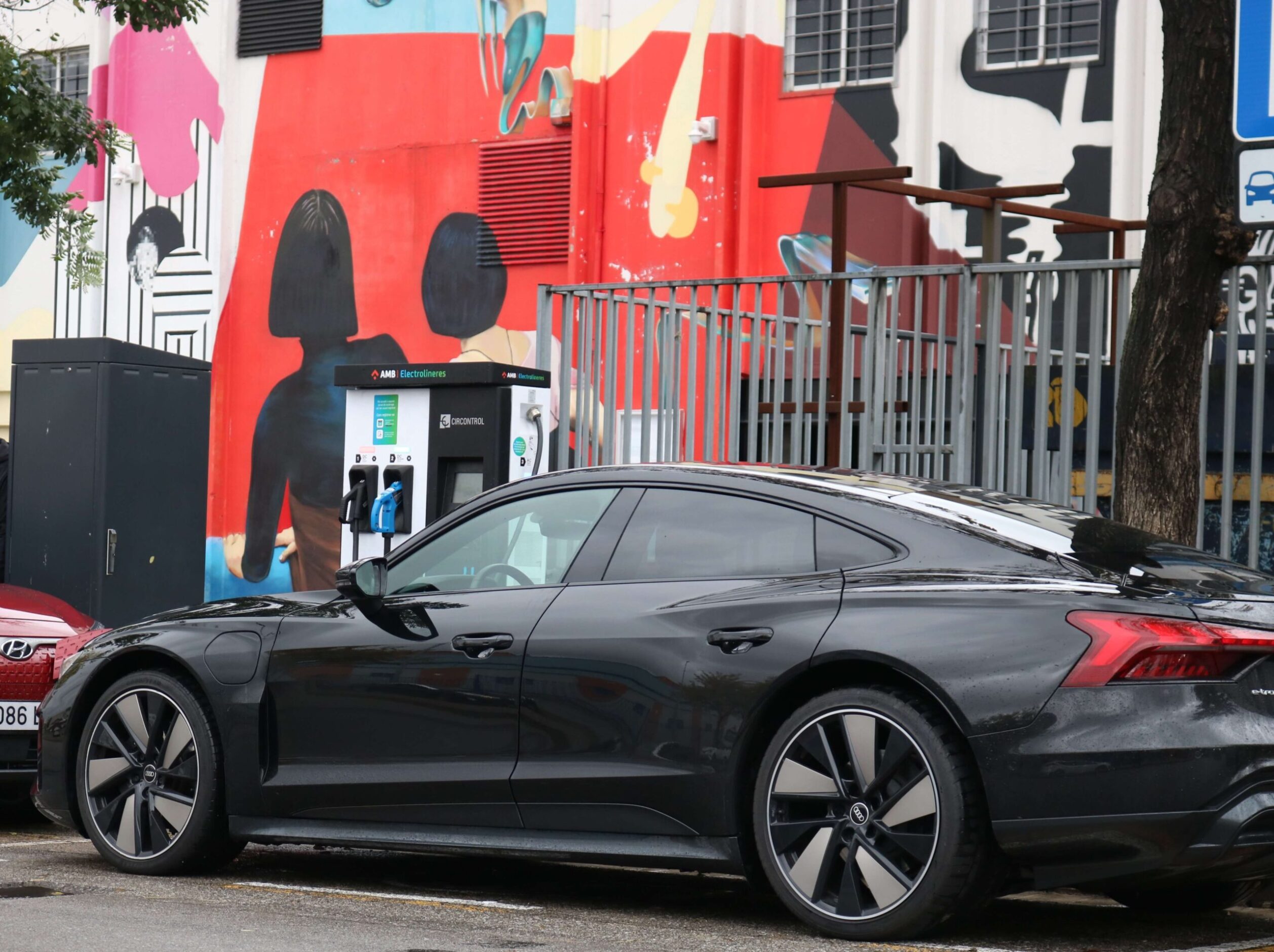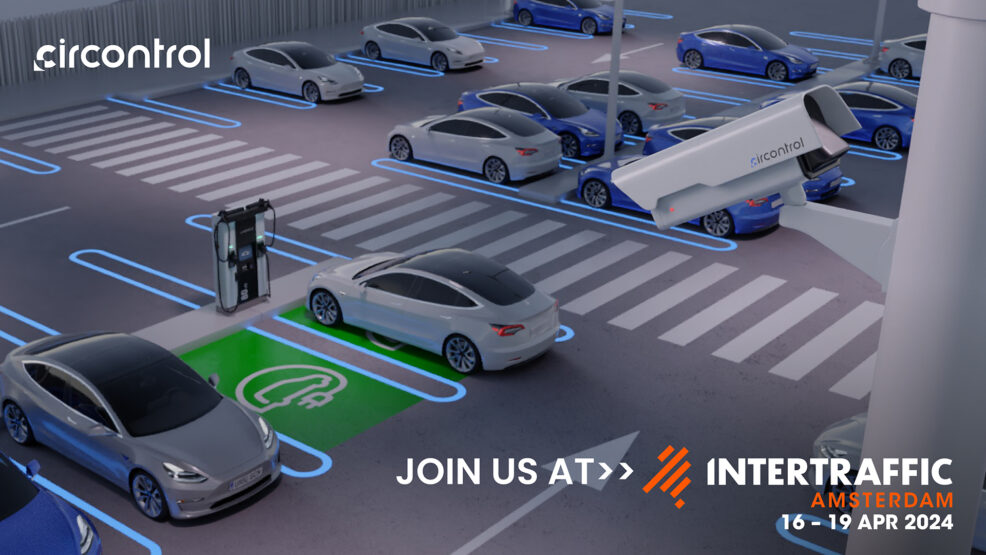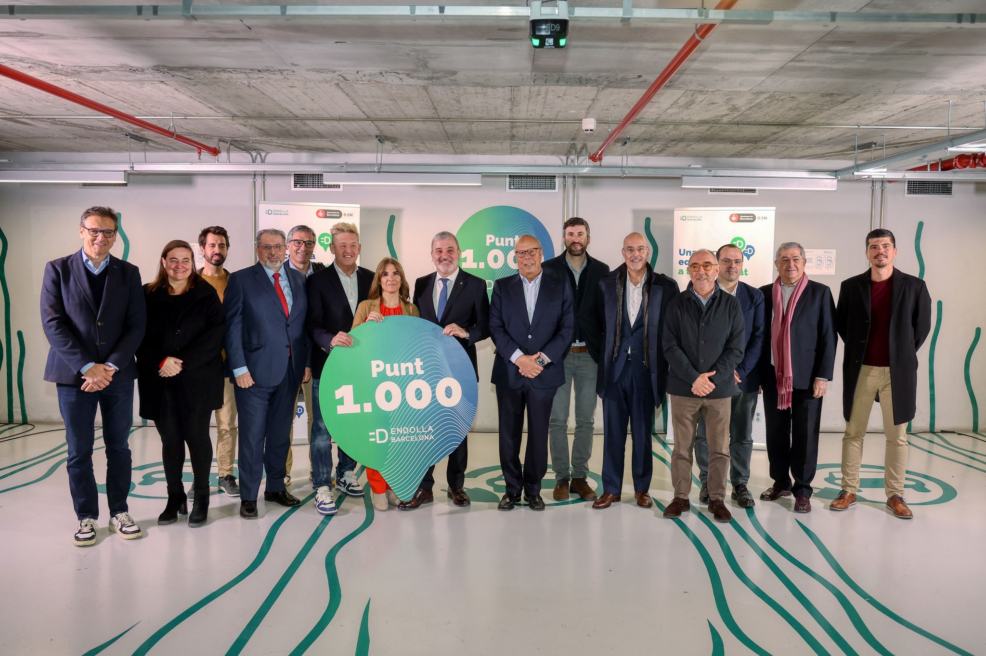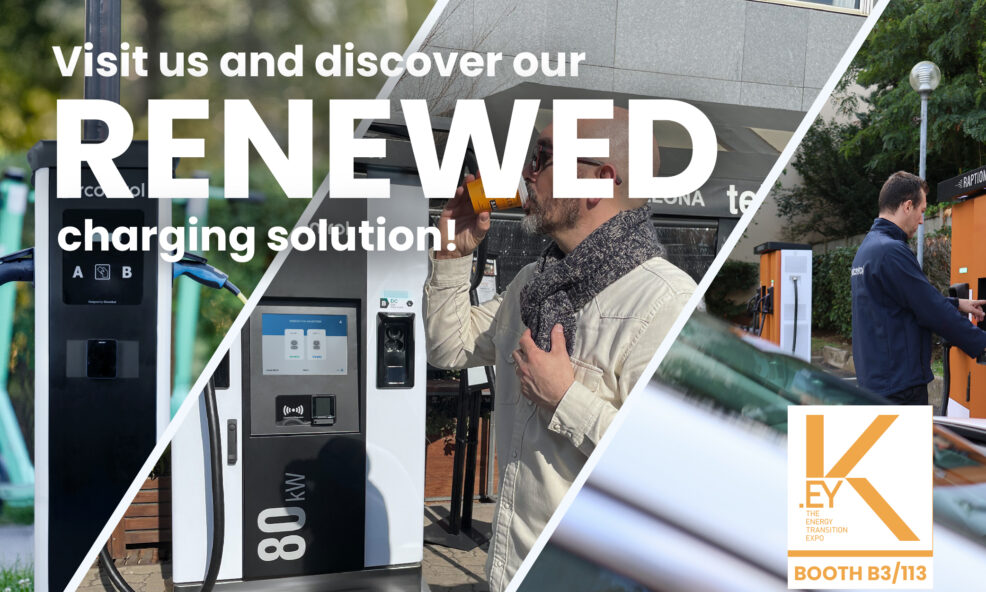The European Union Council approved also this 28th of June to review the charging network for electric vehicles and other alternative fuel engines across the member states to ensure the range for the drivers
The Council of the European Union, which defines the orientation of the general politics in the EU, approved at the late night of the 28th of June to increase the limit of the greenhouse gases emissions to 55% for the new cars and vans in 2030. The voting allowed also to stay firm on the ICE (internal combustion engines) manufacturing ban in 2035.
A long debate permitted also for the different Environment ministers of the member states to support the mandatory zero emission objectives for all vehicle fleets in the EU for that same year. In addition they approved that, from that moment and on, all new cars and vans will be zero emission vehicles with no tailpipe greenhouse gases generation. All these regulations will imply that in 2035 EU will apply a de facto ban on all ICE vehicles.
The Council also explicitly talked about the electric vehicles charging network and other alternative fuel infrastructures to promote the ultimate combustion engine vehicles dropout. The councillors voted in favour of a related revision of the deployment of the alternative fuels infrastructure (AFIR) to ensure for drivers to be able to recharge their vehicles across the member states.
According to the Council’s announcement, the measures approved this 28th of June mean an important success for the Fit for 55 package, presented by the European Comission on the 14th of July 2021, which has faced some reluctances over this year. Despite this, member states adopted a common position on different issues like the EU emissions trading system (EU ETS), effort-sharing between member states in non-ETS sectors (ESR), emissions and removals from land use, land-use change and forestry (LULUCF), the creation of a social climate fund (SCF) and new CO2 emission performance standards for cars and vans.
In essence, the chamber states that this package will allow to reduce its net greenhouse gas emissions by at least 55% by 2030, compared to 1990 levels, and to achieve climate neutrality goal in 2050. These agreements also pave the way for the next steps, which imply the negotiations with the European Parliament to reach an agreement on the final legal texts.
Click here to know more: Fit for 55 package: Council reaches general approaches relating to emissions reductions and their social impacts – Consilium (europa.eu)





